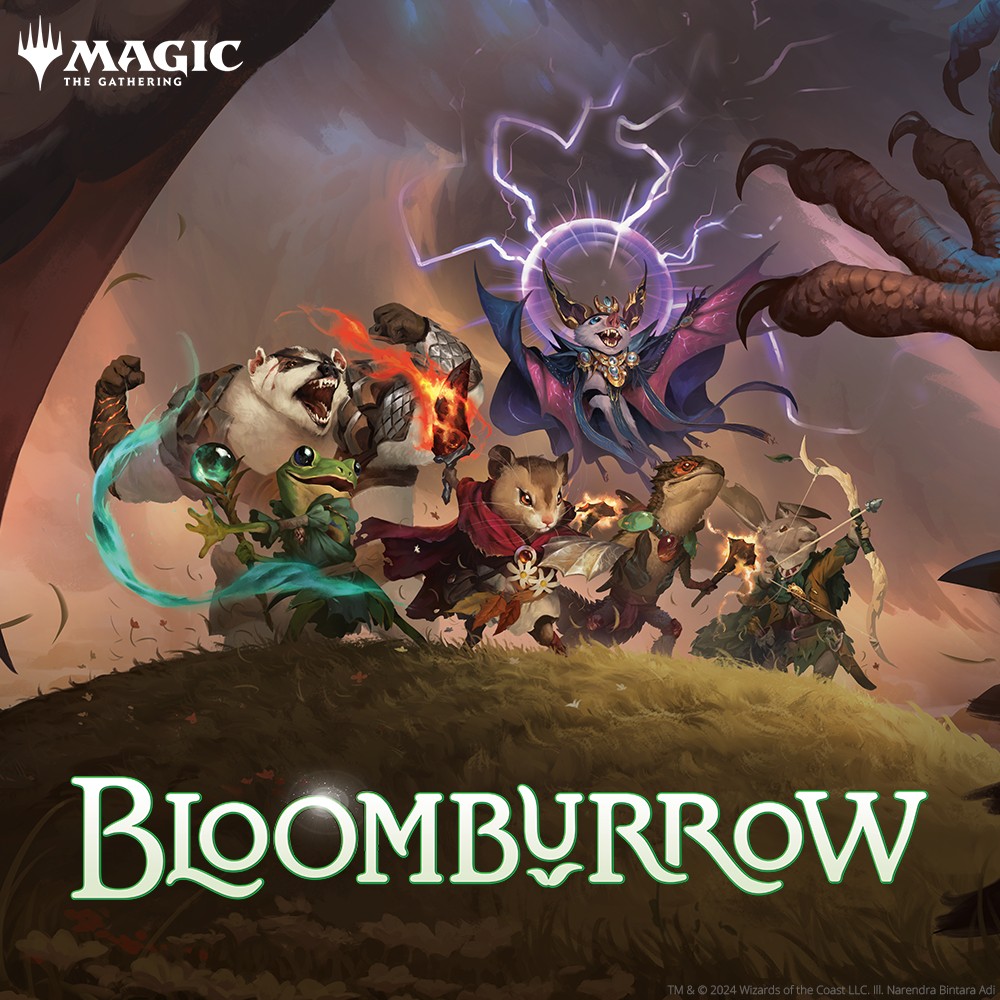With Scapeshift making more and more appearances on MTGO, it seems appropriate to talk about the deck. Scapeshift quietly withdrew from top tier after the banning of Dig Through Time. It seems to be making a comeback which I can only attribute to mainboards filling up with creature removal.
For those unfamiliar with Scapeshift, it's quite simple. Amass 7+ lands and cast Scapeshift searching for 1 or 2 Valakut, the Molten Pinnacle (if you don't already have them) and 6+ mountains. The mountains then all trigger Valakut, dealing:
18 (1 Valakut and 6 mountains) + 3 for each additional mountain; or
36 (2 Valakut and 6 mountains) + 6 for each additional mountain.
Why you should play Scapeshift
Scapeshift certainly isn't for everyone. It can be for you if you:
- Like your combos with a side of interaction;
- Plan turns in advance;
- Have a firm understanding of a game's pacing;
- Like constantly tinkering with a deck
- Know your meta well.
It's especially important to know that there will be games you will get blown out or games where you will go 20 cards deep without seeing a Scapeshift. In either case, you need to be able to keep your cool and understand variance happens.
Starting With the Deck Skeleton
In my opinion, Scapeshift has much fewer uncontested, best-in-slot cards compared to other decks, giving you a litttttle bit more flexibility and customization according to your tastes and meta. That said, each Scapeshift deck starts with the same non-negotiable skeleton:
4 Scapeshift
4 Sakura-Tribe Elder
4 Search for Tomorrow
4 Remand
3-4 Cryptic Command
2-3 Snapcaster Mage
12-13 Lands
10 Mountains
2 Valakut, the Molten Pinnacle
That leaves us with 27-30 slots (including sideboard) to play around with.
Note: While there are decks that lend themselves to a budget build that is improved over time, Scapeshift is not one of them.
Finishing Your Mainboard
While pr0s will tell you to build your deck as 75, Scapeshift mainboards tend to follow the same structure. It is especially important that you tailor this to your meta. While an MTGO list is good starting point, it will lend itself to that meta (which may be heavier on Burn and Affinity).
These are the roles you're typically looking to fill:
Finding combo pieces (3-4): Serum Visions, Telling Time, Anticipate, Compulsive Research, Peer through the Depths, Gifts Ungiven
Block and advance gameplan (0-4): Augur of Bolas, Coiling Oracle, Courser of Kruphix
Bounce and cycle (1-2): Into the Roil, Repeal
Remove and cycle (0-2): Electrolyze
Utility (1-3): Izzet Charm, Spell Snare, Noxious Revival, Eternal Witness, Prismatic Omen
Ramp (0-1): Farseek, Explore
Removal (2-4): Engineered Explosives, Lightning Bolt, Roast, Firespout, Anger of the Gods, Pyroclasm
Note: There are Jund and Primeval Titan variants, but I won’t be getting into those today.
When looking at the cards, you can see some would be better or worse than others depending on the matchup. A meta where you need to fend off Tasigurs is a lot tougher with Repeal and Anticipate than Into the Roil and Augur of Bolas. It will take you time to tinker with the deck as you get a feel for what you prefer. You will start to start to notice the minor strengths and weaknesses of each card as you play them, too. Ex.: Sadly putting a much-needed big creature to the bottom of your library on a late game 3 Peer Through Depths.
Tweaking Your Sideboard
Like your mainboard, your sideboard can be grouped into roles. With the ramping nature of the deck, solutions with higher CMC become more feasible:
Alternate win-cons: Obstinate Baloth, Inferno Titan, Thragtusk, Surrak Dragonclaw, Wurmcoil Engine
Counter-counter-magic/Anti-combo: Gigadrowse, Boseiju, Swan Song, Negate, Dispel, Counterflux
Anti-aggro: Anger of the Gods, Engineered Explosives, Ancient Grudge, Kitchen Finks, Spellskite, Obstinate Baloth, Thragtusk, Nature’s Claim, Krosan’s Grip
Silver bullets: Creeping Corrosion, Sowing Salt, Spellskite
Anti-sideboard: Nature's Claim, Krosan Grip, Deglamer, Unravel the Aether, Shadow of Doubt
The very obvious overlap of Obstinate Baloth (and to a lesser extent, Thragtusk) as an alternate win-con, as anti-aggro, and utility vs. BGx decks is one of the reasons you see decks usually playing up to three of them in the board.
Sideboard Tech Against You
As a linear deck with a subpar Plan B in the sideboard, Scapeshift is especially prone to hate. Be wary of:
Blood Moon
Land destruction (alleviated by searching for more than 6 lands or leaving a Mountain in your deck against Ghost Quarter)
Leyline of Sanctity
Life gain (where, when unexpected, may cause you to have to find a second Scapeshift)
Shadow of Doubt
Slaughter Games (and friends)
Spellskite (can have triggers redirected to it reducing 1/3 of the damage or all the damage if they have the blue mana)
You should assume that your opponent is bringing in anything they can in the list above in games 2 and 3. You should also expect Spellskite from absolutely everyone.
From Here...
I hope you are as enthusiastic as I am. If you are still questioning whether you would enjoy it, sleeve up proxies and play against a friend. If you love it, join the club.
A few tips and tricks to get you through your first games:
- When a mountain enters the battlefield, Valakut checks for 5 other mountains to put its trigger on the stack and checks again on resolution. If you have 6 mountains in play and 6 triggers on the stack, a Tectonic Edge on a nonbasic Mountain will cause all but one of the triggers to fizzle.
- Against a trigger-threatening Ghost Quarter, be sure to leave a basic mountain in your deck.
- Once the triggers are on the stack, destroying Valakut does nothing to reduce damage.
- Tap all lands you will sacrificing with Scapeshift when you cast it. You may need the mana to interact with an opponent who casts a spell in response to Valakut triggers. Plan your mana accordingly. Do you anticipate Remand, in which case you should plan for GG? Or do you load up on blue to cast counter-magic?
- Valakut is not a red source for the purposes of Burrenton Forge-Tender and Circle of Protection: Red.
- Your combo finders are seldom Turn 1-2 spells. In a grindy game, you don't want to dig for an early Scapeshift and end up drawing another when you would have preferred a land. Use them to find your final pieces later in the game.
- It is incredibly important to have ramp in your starting hand, especially on the draw.
- Sakura Tribe-Elder doesn't necessarily need to be sacrificed in your opponent's next end step. It can occasionally get in for a few points of damage bringing your opponent down to the ever-so-important 18 life.
- Don't underestimate setting your opponent back by bouncing their land with Cryptic Command.


